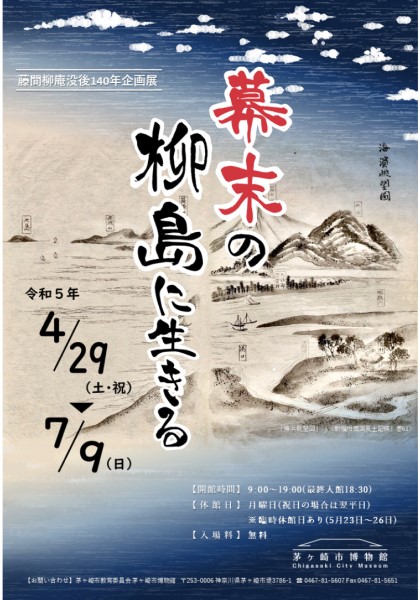CW80 May, 2023
The Corona Pandemic is lasting
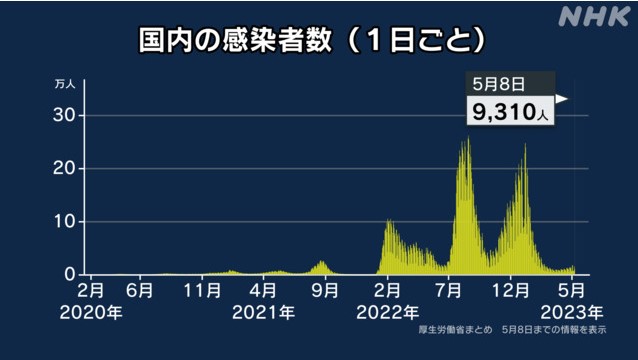
Since May 8 (Mon), daily cases in each city have been unavailable, but the total for the whole country, the figure on the right, shows an upward trend continued until early May. The evening news on May 18 (Thu) announced that the daily count was still increasing.
In the April 9 meeting of the health ministry, medical specialists assumed that the 9th wave may come after the “Golden Week” holidays, and the 9th could be larger than the 8th (CW79).
A few days before the meeting, a university group had forecasted the spread in Tokyo more precisely. According to a simulation by a research group of Nagoya Institute of Technology, about 3,100 daily cases would be observed in mid-May.
If the percentage of masked people drops to 50%, daily counts will rise to 5,400 in late August. The group calculated using artificial intelligence under the assumption that there will be as large crowds in downtown Tokyo in summer 2023 as before the pandemic. They calculated based on the frequencies of socialization, barbecue parties, and other activities they found out by counting notices posted on social media. The number of daily cases depends on mask-wearing percentages: 6,900 will be infected if only 20% of people wear masks, 5,400 at 50%, and 4,100 at 100%.
The simulation showed that the next wave was unlikely to exceed the 8th wave, but the group leader says even after COVID-19 was downgraded to a common infectious disease, we should continue anti-virus measures, including wearing masks in crowds.
The downgrade was accompanied by many changes. Citizens are able to receive treatment at more hospitals, (but vaccination is free until the end of 2023.) The 6th inoculation has already started. As for hospitals in Chigasaki,
go to https://www.city.chigasaki.kanagawa.jp/kenko/yobotaisaku/1043309/1052577.html
Chigasaki City assembly election – the second half of the unified local elections

The election for city assembly members was held on April 23 (Sun) and the ballots were counted on the same day. Thirty-eight candidates ran for 28 seats. Several breakdowns of the city’s new assembly members, with those of Fujisawa and Hiratsuka as well as the nation average, are in the table.

About Chigasaki●The female percentage is higher than the national average of 17.8%. ●The average age is 56.0, younger than the national average of 60.0. (Hiratsuka is close to, and Fujisawa is 10 years younger than the average.) ●The number of times elected is close to the national average
(Source: national average)
https://www.si-gichokai.jp/research/zokusei/__icsFiles/afieldfile/2022/11/28/R04zokuseisirabe_1.pdf
Flowers of the Season: Fish mint
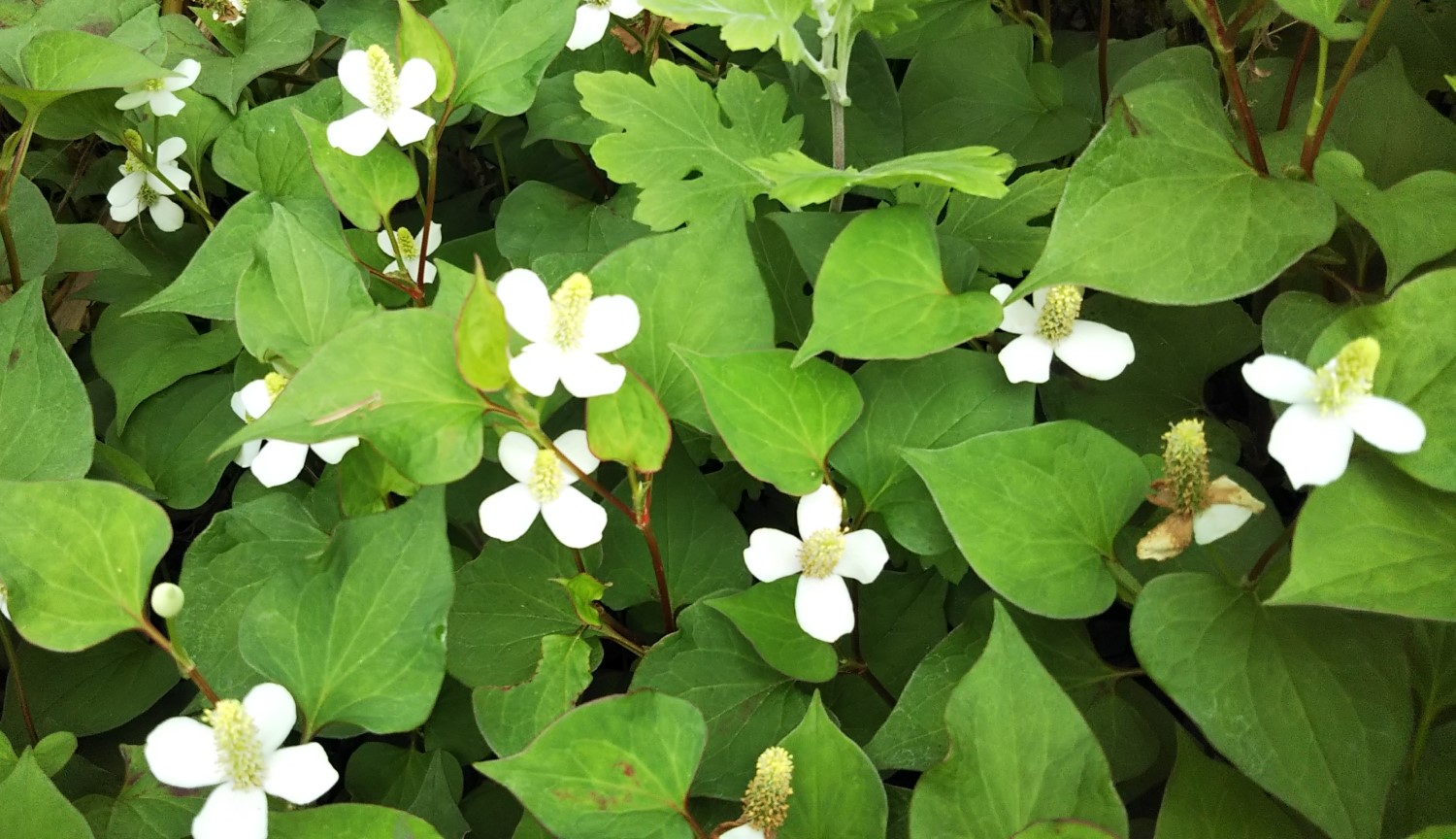
Fish mint is usually considered to be a weed, and is disliked by many people because the plant is extremely difficult to eliminate. It makes seeds, but mostly spreads by vegetative propagation, that is, shoots sprout from rhizomes. Unless all of these underground horizontal stems are removed, shoots will come out from the remaining rhizomes. On the other hand, fish mint is beneficial to us.
The herbaceous perennial plant grows thickly in half-shaded wetland, including backyards, corners of vacant land, roadsides, groves and marshes. Every part of the plant generates aldehyde, flavonoids, ketone, tannin and some other phenol compounds, and they emit a distinct smell. It is thought that these substances protect the plant from herbivorous insects and parasitic microorganisms.

The plant has dark green, spade shaped leaves, and flowers, each of which looks like one flower. But what looks like one flower consists of many apetalous small flowers sprouting up from a 1 to 3cm spike with four white bracts. They bloom between early to mid-summer (May to August). There is a variety called “double flower fish mint”, which has bigger bracts.
Its Japanese name “Dokudami”, suggesting poisonous, has more than one hundred different names because fish mints have been used as a folk medicine nationwide since ancient Japan, and each region called it by their own name. The natural medicine is well known to have therapeutic effects for boils and sinus problems. When the plant is dried, medicinal effects decrease, but they still have various efficacy, including laxative, antihypertensive and diuretic effects.
In addition, the herb plant has been used for teas, food and garden supplies. Fish mint spreads over Japan, Korea, Taiwan, China, Bangladesh, the Himalayas, Indochina and northern Europe so that there are many English names.
History of Chigasaki: Takata Village (2)

In front of the worship hall of Kumano Shrine, there are two stone basins. On the right basin, the year 1751, the lord’s name “大岡吉次郎忠口” (Ooka Kichijirotadakou), the names of the villagers who offered the basin; “森武右衛門當雪” (Mori Buemontosetu), and “森武縫左衛門郭博” (Mori Buousaemonkakuhiro), and a word, “総産子” (so-ubuko) are inscribed. See the photo on the right.
The Mori family is described as “旧家武右衛門” (Kyuka* Buemon.) in 新編相模風土記稿 (the new edition of Sagami province topography). The topography recorded that the family was a vassal of the Odawara Hojyo family, and possessed ancient documents published by the Hojyo family as well as traditional stationery and armor. “惣産子” (so-ubuko) means “総氏子” (so-ujiko), or all the parishioners. As “鎮守”(chinju), or the village shrine, is also called “産土神”(ubusuna-gami), “産” probably means a community of a Shinto shrine.
*Kyuka means a family of good lineage
On the surface of the stone basin, the name of a stonemason who made it is inscribed. That is: 信州高遠城下藤澤郷石工守屋喜八, or Stonemason Kihachi Moriya of Fujisawa-district, Takato castle town, Shinshu. The place name Fujisawa still remains in Takato town. There were many stonemasons in the town in the Edo period, and they reportedly joined the construction of the Edo castle by Ieyasu Tokugawa’s order. The Takato domain, which was chronically afflicted by poor finance, encouraged male residents to earn money as migrant workers in other domains. They left their achievements in Gunma, Yamanashi, Tokyo, Shizuoka, Gifu, Kanagawa, and Aichi, and one of them left his product in Chigasaki.
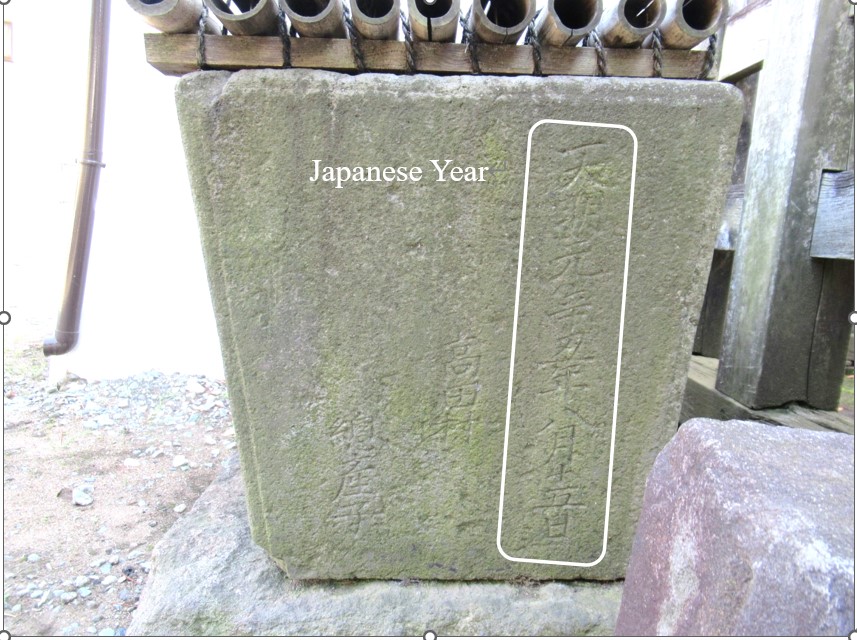
The stone basin above (the left stone basin) was owned by San-no-sha Shrine. “August 15, 1781” and “Long-lasting good luck for the Ooka family” are carved on it, indicating that villagers prayed for the prosperity of their lord, and offered the basin at the shrine.
The upper surfaces of the two stone basins have become rough, just like surfaces of old stone steps. It is not clear whether children made it rough while they were playing or not.
San-no-sha Shrine is located in the precinct of Kumano Shrine, today. Each of the two basins are placed in front of Kumano and San-no-sha Shrines.
Interested in Japanese proverbs?
1) 鳥なき里の蝙蝠 (TORI NAKI SATO NO KOMORI)
TORI means birds, NAKI there are no, SATO the countryside, NO in, and KOMORI bats
In a place where no birds live, bats act big or look great just because they can fly. At some work places which lack competent workers, inexperienced persons can behave like accomplished workers. This type of person is everywhere, and most people can think of a few bat-like persons. If you can, you are probably lucky because you can learn something important from them. Another proverb says, “Learn wisdom by the follies of others.”
The saying is in 毛吹草, or Kefukigusa, one of the basic books explaining how to make comical tanka poems, published in 1645.
Its English equivalents are:
●For want of a wise man, a fool is set in the chair.
●When the cat’s away, the mice will play.
●He that has one eye is a king among the blind.
2) 同気相求む (DOKI AI MOTOMU)
DOKI means company, AI each other, and MOTOMU to gather together.
People having a similar disposition get along with each other and gather together. People who do a similar job, have the same hobby, or are in similar circumstances feel close to each other and also flock together. There are numerous amateur clubs, and members gather several times a week or a month, and enjoy doing something. It is good for company workers to interact with people outside their companies. Friends make them happier.
The saying is in 易経, or I Ching, one of Confucianism’s scriptures, and a Chinese book of fortune-telling completed around the eighth century BC.
Its English equivalents are:
●Birds of a feather flock together.
●Like and like make good friends.
●Like attracts like.
Invitation to Kamakura (32) Spring Flowers in Kamakura (Bimonthly serial)

At last, we can enjoy walking around again like in a pre- Covid19 life. On a pleasant spring day, beautiful flowers at temples and shrines in Kamakura will surely bring a smile to your face.
Yaezakura (the photo on the right), double cherry blossoms, are in full bloom now. This gorgeous kind is a variety improved by crossing two original species of cherry trees in the Edo era. It blooms later than Someiyoshino which is commonly known as a Japanese cherry-blossom tree. You can enjoy its beautiful scenery here and there in Kamakura.
Azaleas (photos below) are beginning to bloom now, especially at Anyo-in Temple, where more than 100 of them are planted, and those enchanting flowers with varying pink colors from light ones to dark are vibrant with life. The beautiful landscape of the hill covered with azaleas at Bugyou-ji Temple is not well known and like a hideaway, but it is worth a visit. (All photos were taken at Tsurugaoka Hachimangu).
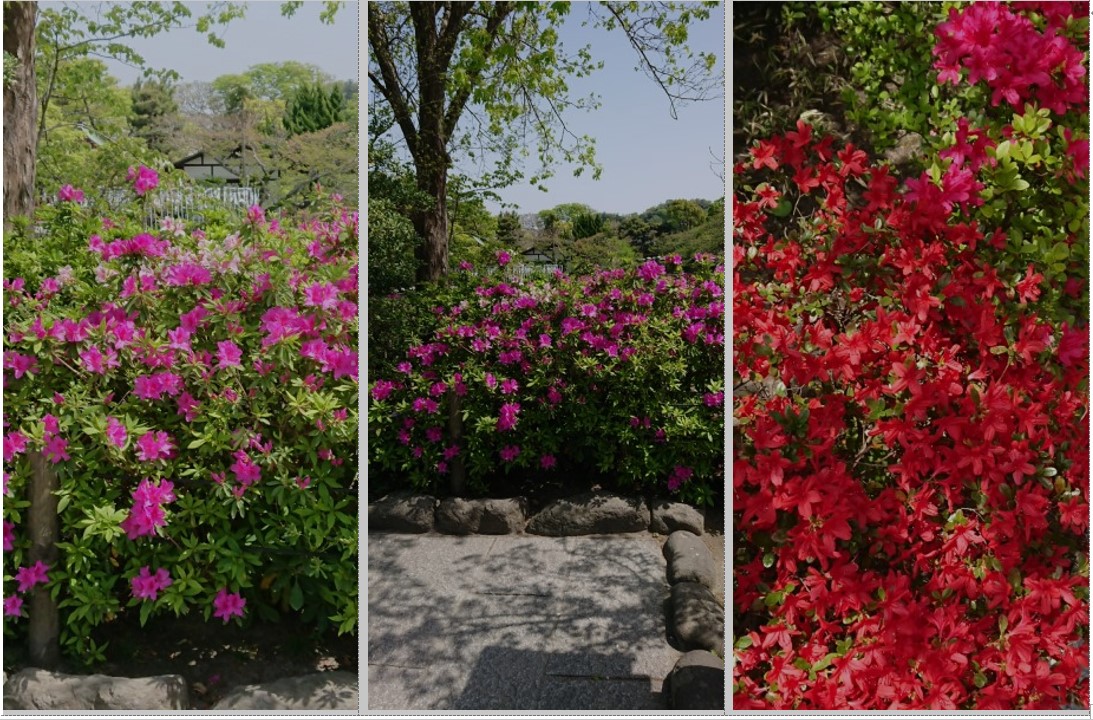
Iris japonica, shaga, is a native of China and Japan. It belongs to the Iridaceae family and the genus Iris. It grows up to 25-80 cm tall. The flowers are like Iris cristata flowers but paler in color – from pale blue, pale lavender, lilac, to white. They are gregarious and prefer damp and shady spots to grow. We can find them in many areas such as Meigetsu-in, Choju-ji, Tokei-ji, and Myohon-ji Temples.
When you hear the flower name wisteria, you probably visualize the color purple. However, you will see the white wisteria shining brilliantly against the backdrop of the blue sky so soon at Eisho-ji Temple and Tsurugaoka Hachimangu Shrine. Wisteria is deeply related to Japanese history being painted in many pictures, and described in classics. The first appearance of the flower name was in Records of Ancient Matters in 712. Seisho Nagon, a woman author in the Heian era, admired the beauty of the flower in the Pillow Book. Murasaki Shikibu, the writer of The Tale of Genji, portrayed a pretty lady, Akashi, as lovely, intelligent and noble like a wisteria.
Why don’t you soak in the spring sunshine and release yourself from your daily stresses?
Nanko-in and Chigasaki
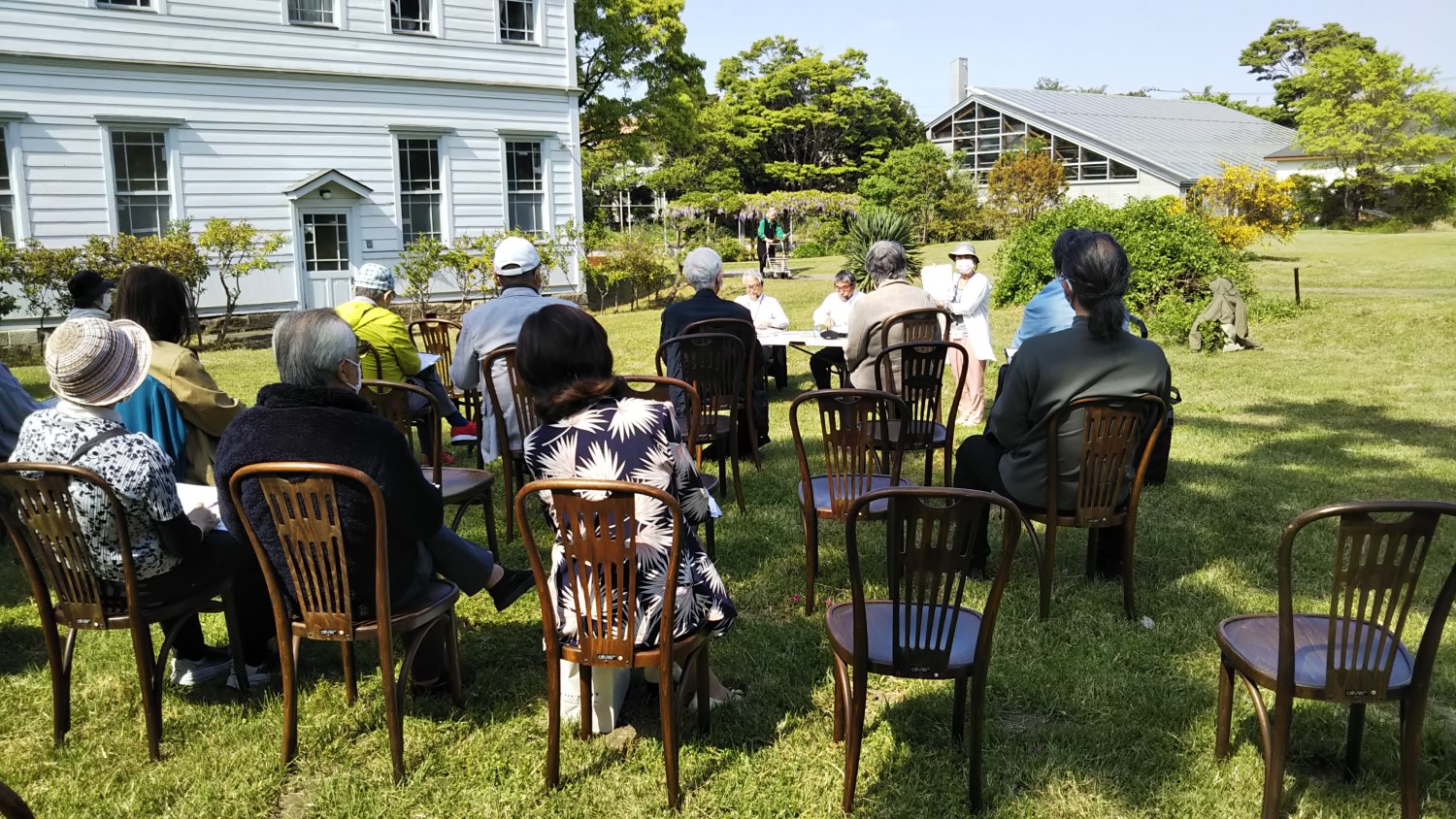
Chigasaki City Museum of Art held an outdoor talk about “Nanko-in and Chigasaki” in the spacious garden of the former sanatorium on April 23 (Sun) as one of the events commemorating the museum’s 25th anniversary. The director of the museum, Minoru Ogawa, said he came to think, on the occasion of the silver jubilee, that one of the museum’s roles was to shed light on something existing between two matters. The something may be a relationship, a phenomenon, or other things. According to him, they are so vague that it is hard to notice them unless we consciously gaze at the two matters. These pairs include old and new, human beings and nature, human beings and machines, the heaven and the earth, and a city and another city.
Against the backdrop of this viewpoint, the talk was focused on how Nanko-in contributed to the development of Chigasaki. The sanatorium opened in 1899 when the first ward, which is still existing, was completed. A year earlier, Chigasaki Station started its business. A lot of people came to see their family members, relatives, and friends there. Inns and stores flourished, the route from the station to the sanatorium was improved, and many pine trees were planted along the beach.
Founder Koan Takata was a doctor and a pious Christian. He built up close relationships with local people, and invited them to its Christmas party, movie screenings and Sunday schools till the end of the war. The sanatorium also attracted many artists, poets, and writers suffering from tuberculosis. They were, for example, Doppo Kunikida, Jukichi Yagi, and Tetsugoro Yorozu.
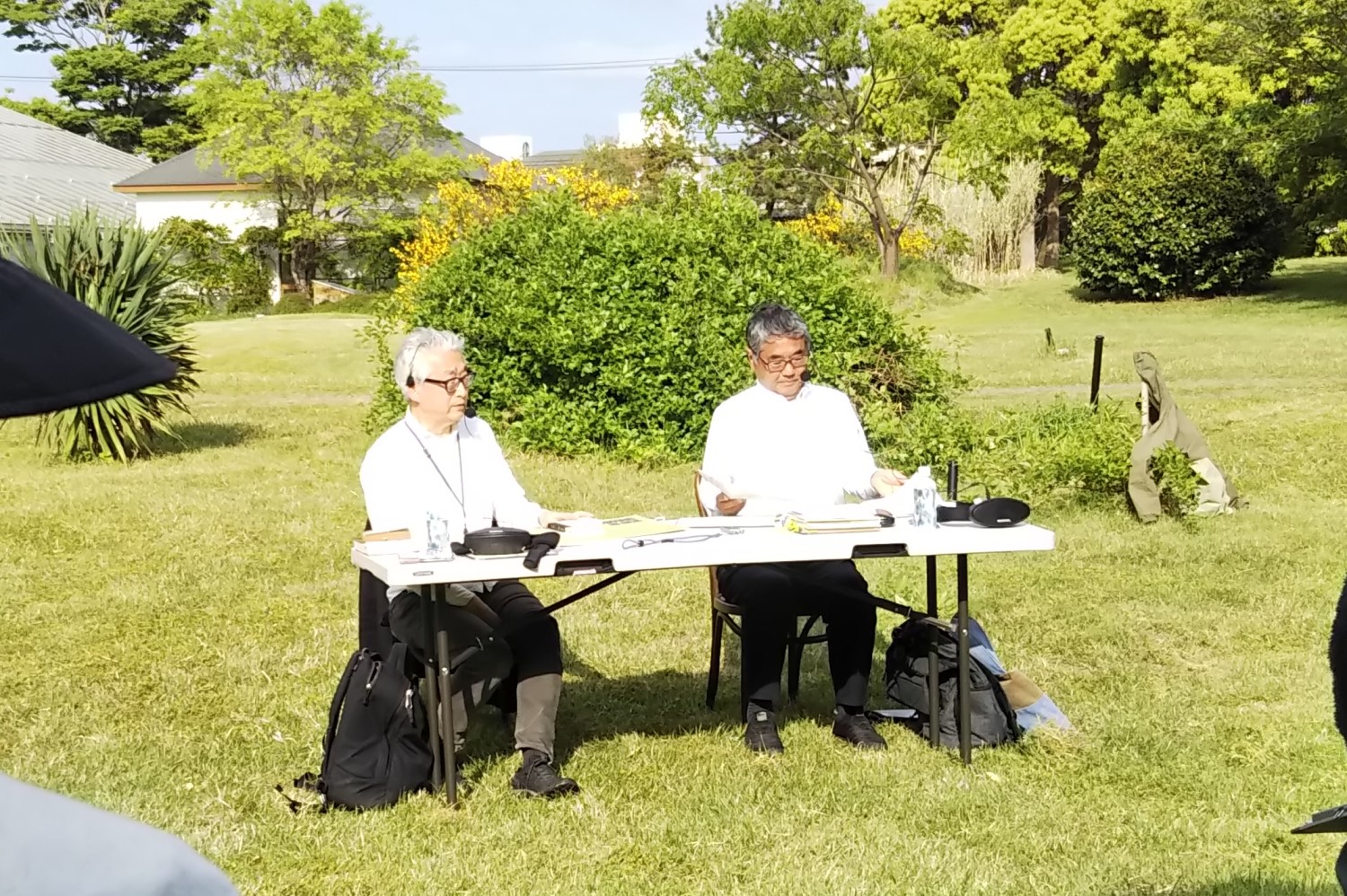
The other speaker on that day, Takamichi Hirayama, who used to compile data and information on the history of Chigasaki at the city hall, said many of the intellectuals who visited Nanko-in left their lasting marks on the nation’s culture. They were Raicho Hiratsuka, Keizo Koyama, and Soho Tokutomi and more.
The art museum has positively collected works of people who once lived in the city, and has exhibited them. These works convey to us the scenery of prewar Chigasaki.
Children’s Day
Blessed with fine weather, many families spent the holiday afternoon enjoying outdoor activities on May 5 (Fri).

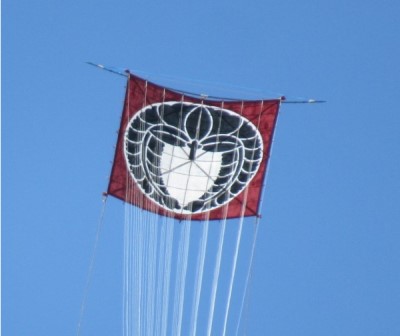
In northern Chigasaki, near the border with Fujisawa, big kites were in the air. The traditional kite, the photo on the right, sized around 2.5m square, took half a year to make, said a father of a boy. A group of five adults controlled the thick rope. The kite must have been a big present to him from his father.
Satoyama Park, also in northern Chigasaki, was crowded with young families.
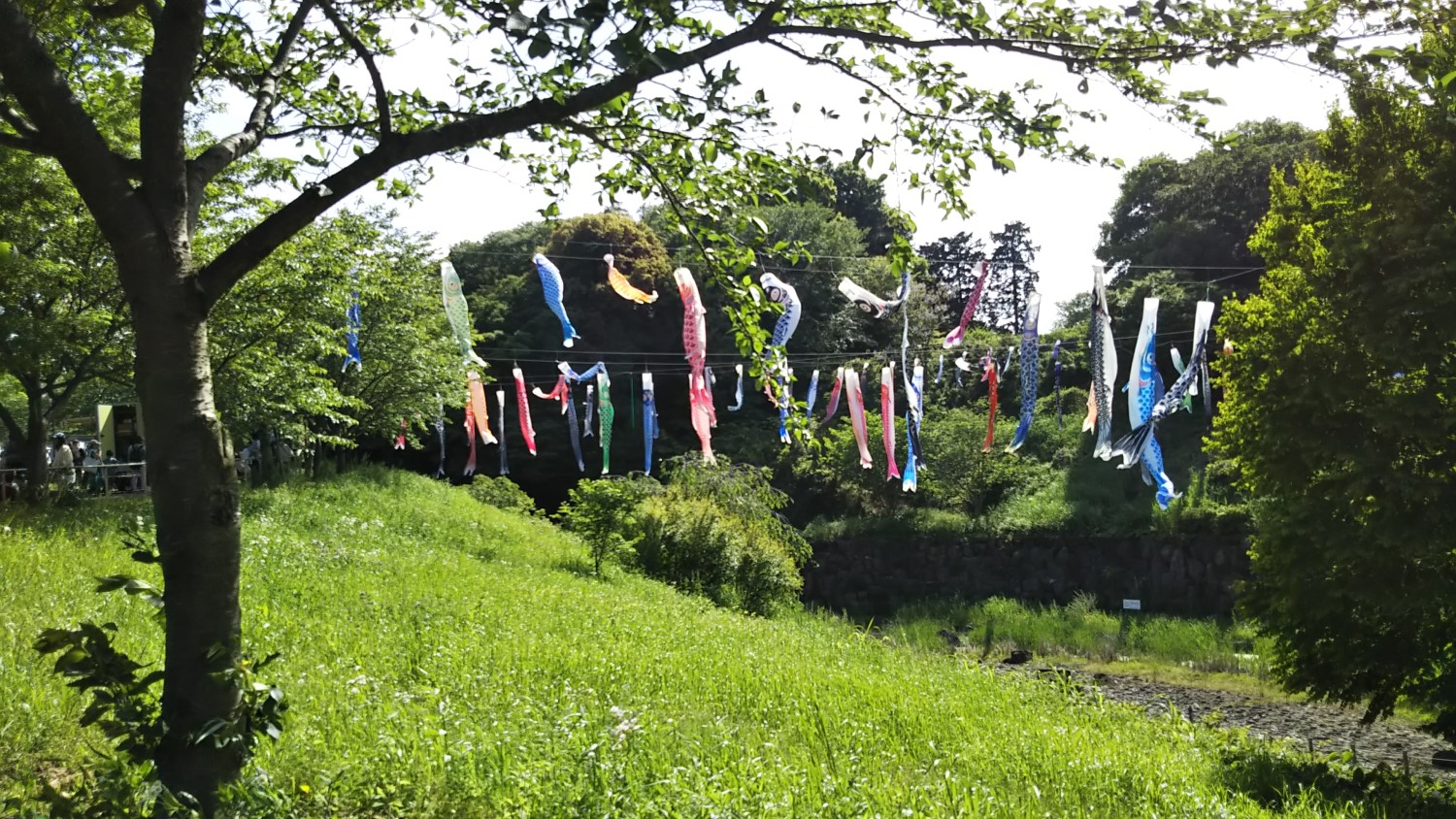
As usual, park staff stretched a few ropes full of carp streamers over the valley. In the multi-purpose square, visitors enjoyed the time in their own way. Some families played ball games, and one family blew soap bubbles. Near the management building, a volunteer group ran model trains for children, and clothes shops attracted mothers and their daughters. It was the first Children’s Day with no restriction in three years.

Events in April
Ooka Festival
One of the city’s four major events, Ooka Festival, was held for the first time in four years.
Jokenji Temple Jimoto Festival
The festival was held on April 29 (Sat) from 10:00 to 14:30 at the square next to the Wada family’s house, and also near Jokenji Temple, Echizen Ooka’s family temple. Many groups performed on the stage throughout the event: the brass band of a local junior high school, local performing arts preserving groups, a harmonica playing group, kids’ dance and hula dance groups, and more.
Planners chose these groups so that children to elderly people were pleased. “Osaka rhapsody” by the harmonica group (the upper photo) and three girls’ dance performances (the photo below) were received with cheers from the old and young, respectively. People formed long lines in front of food trucks.
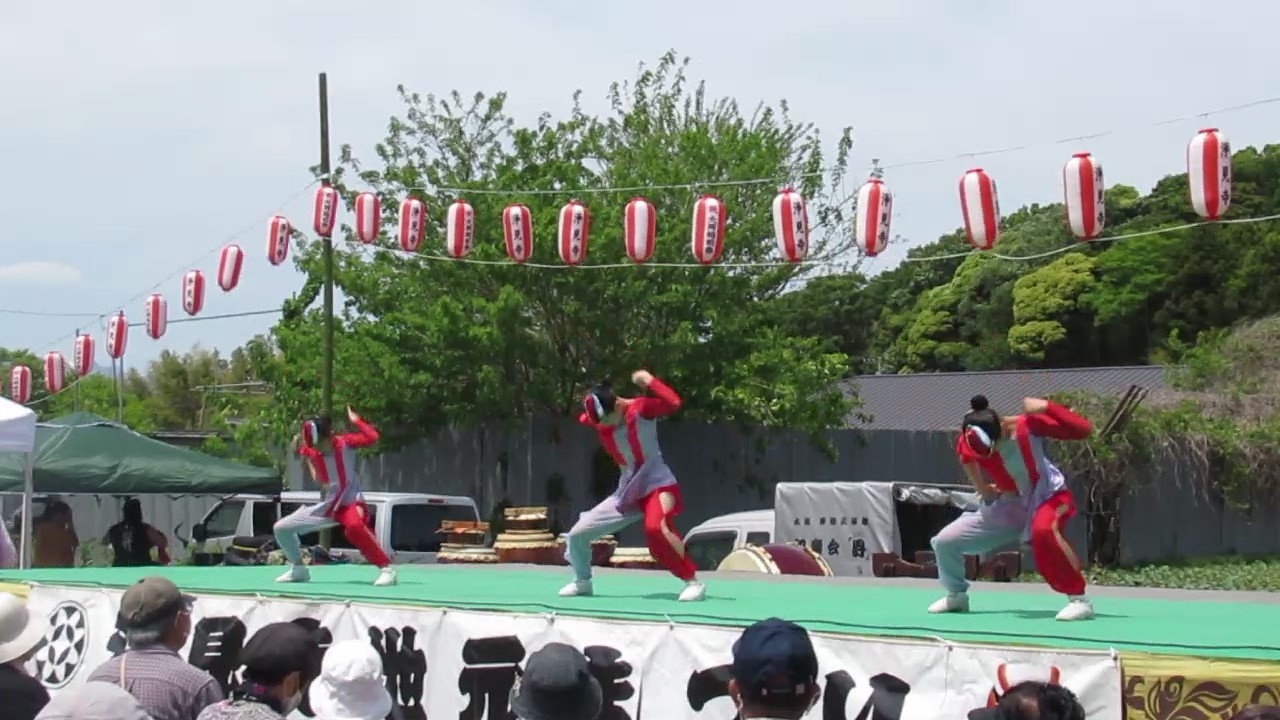
Big Parade and Mikoshi Procession

Big Parade, one of the highlights of Ooka Festival, was held on April 30 (Sun). A smaller number of groups participated in the parade than usual. The parade left Chigasaki Elementary School at 12:30, and arrived at the north entrance of Chigasaki Station around 14:30. The bus terminal, no vehicles on that day, was filled with spectators.
As usual, unicycle performances by kids, JH and high schoolers and brass bands from other cities were good. Samba performances pleased spectators a lot. However, adult groups should have walked more earnestly. They should have noticed that their walking style debased the parade.

Ahead of Big Parade, the Mikoshi Procession took place, and it attracted a lot of people to the street between Yamada Denki and Ito Yokado. The procession raised a festive mood more than the Big Parade.
City Hall Festival
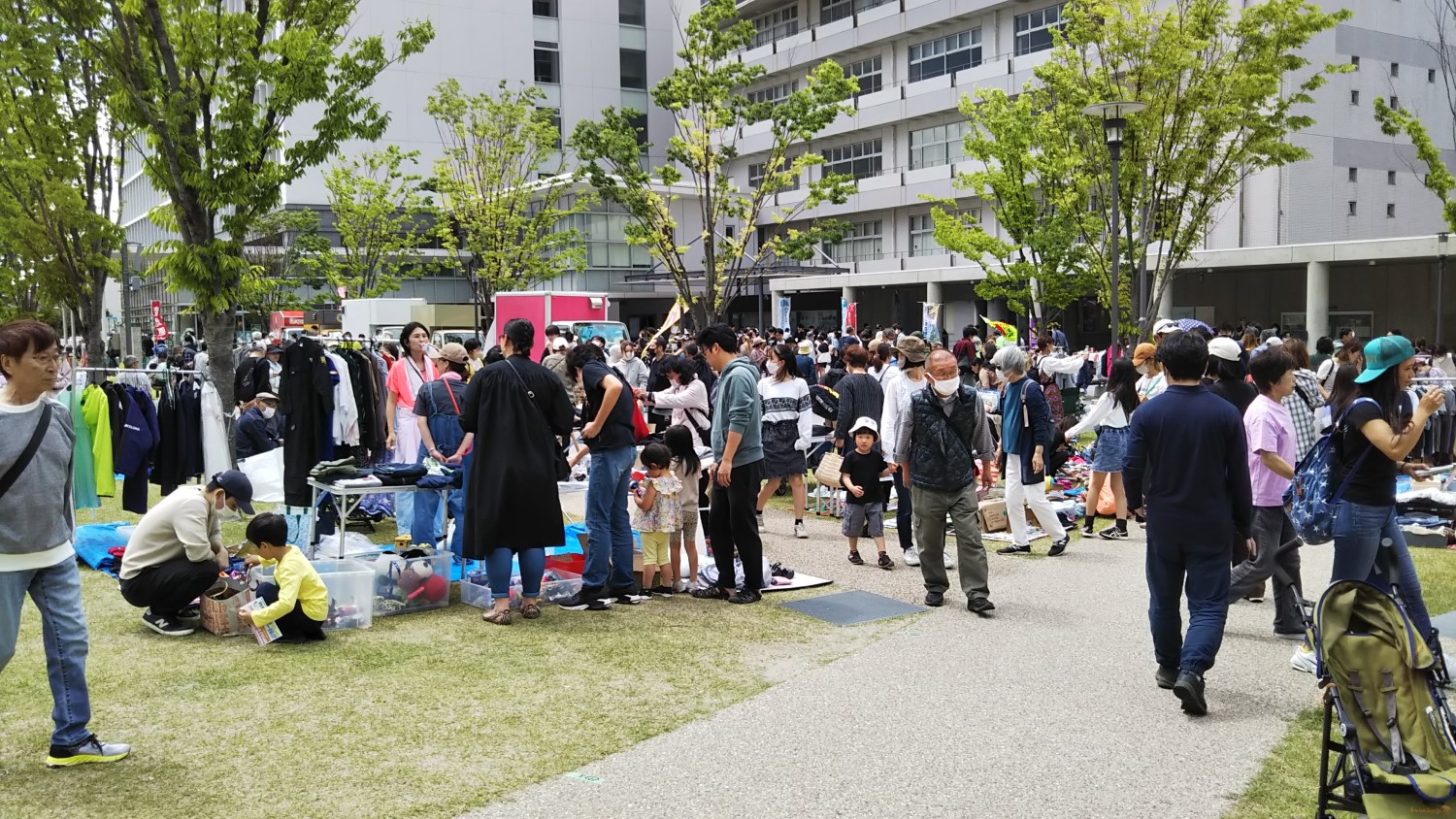
City Hall Festival took place at the front square of City Hall on April 30 (Sun). In the flea market corner, citizen groups sold clothes, trinkets and other handicrafts. A nursing home and Bonsai-kai sold daily necessities and young plants. Visitors formed lines before food trucks, and there were many families taking lunch sitting on the grass.
Cities having relations with Chigasaki sold their specialties: Okazaki in Aichi (Hacho miso), Saku in Nagano (fruit juices), Izumi-Sano in Osaka (towels), Rikuzen-Takata in Iwate (marine products).
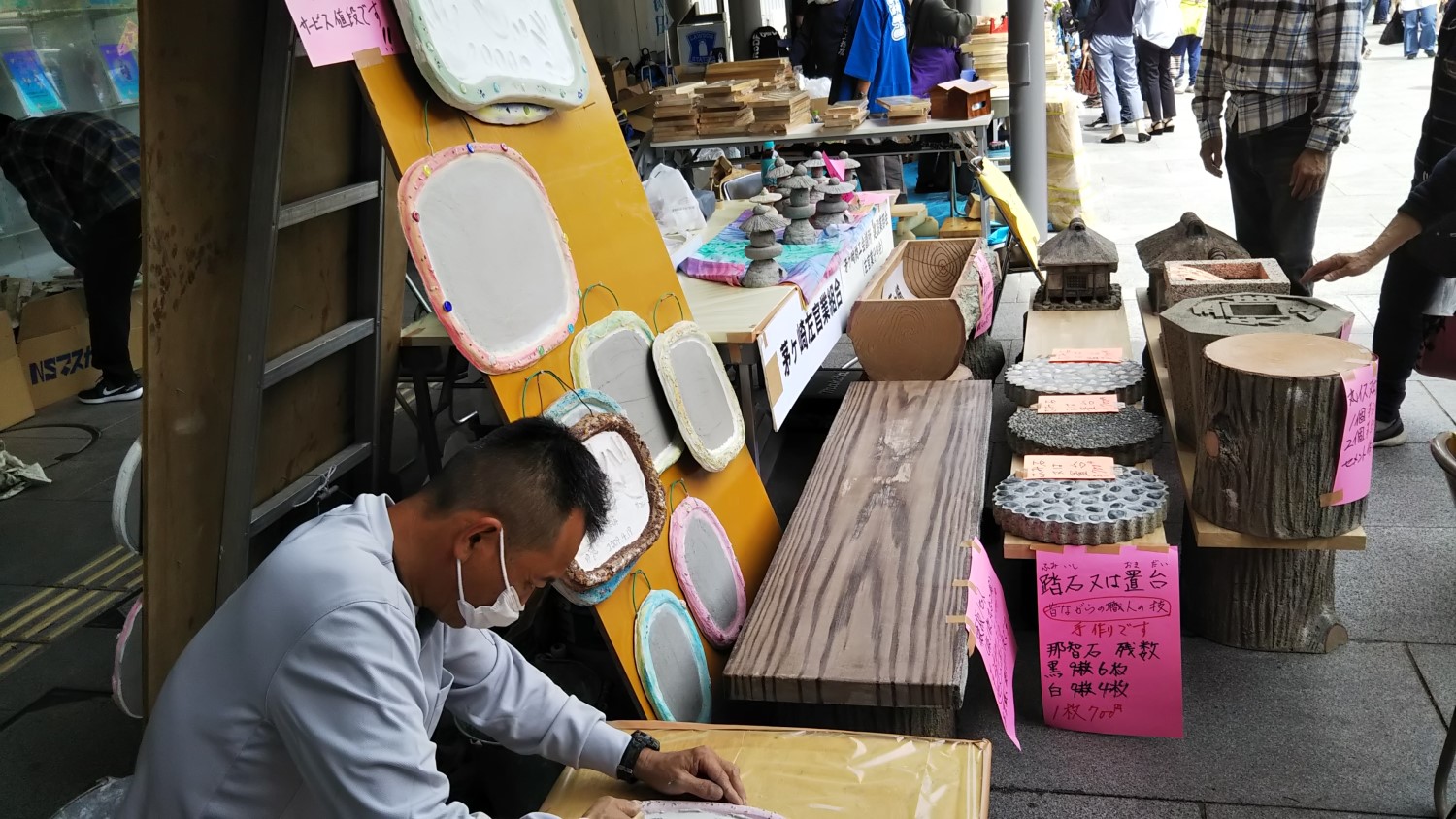
Woodworking (the photo above) and plasterer unions of the city exhibited their products and demonstrated how to make wood dishes and how to form an even concrete surface.
Visitors looked relaxed. They enjoyed strolling across the yard on the first consecutive holidays of the Golden Week.
Events in late May and June
Citizen Gallery (☎ 0467-87-8384) at the exhibition room on the 4th floor of N’EST- CE PAS Chigasaki - Admission free!
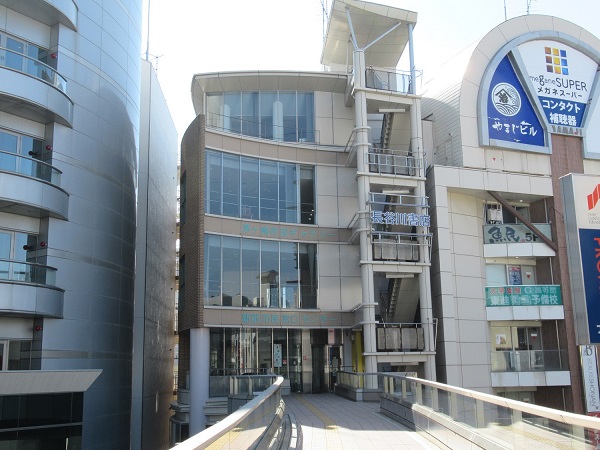
●The 34th Group Sai picture exhibition by Groupe Sai: May 23 (Tue) 13:00 ~ 17:00, the 24th (Wed) to the 27th (Sat) 10:00 ~ 17:00, and the 28th (Sun) 10:00 ~ 16:00
●The fourth solo exhibition of pictures for postcards by Syogo Kawasaki: May 30 (Tue) 13:00 ~ 18:00, May 31 (Wed) to June 3 (Sat) 9:30 ~ 18:00, and the 4th (Sun) 9:30 ~ 17:00
●Art exhibition “Pictures of Forests and the Sea” by BEE ART SCHOOL: June 24 (Sat) 10:00 ~ 19:00, and the 25th (Sun) 10:00 ~ 17:00
●The 23rd Calligraphy exhibition by Chigasaki City Calligraphy Association: July 6 (Thu) 13:00 ~ 18:00, the 7th (Fri) and 8th (Sat) 10:00 ~ 18:00, and the 9th (Sun) 10:00 ~ 17:00
Chigasaki City Museum of Art
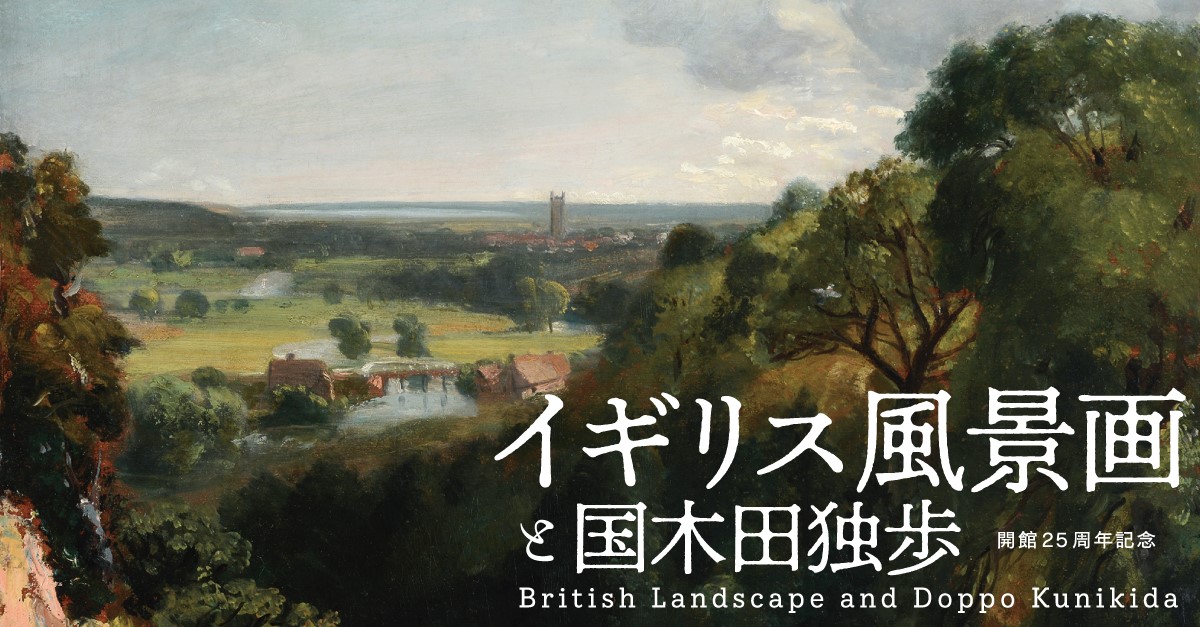
“Landscape paintings by English artists and Dopo Kunikida” from June 18 (Sun) to August 27 (Sun). Details will be posted on the museum’s website.
Civic Hall
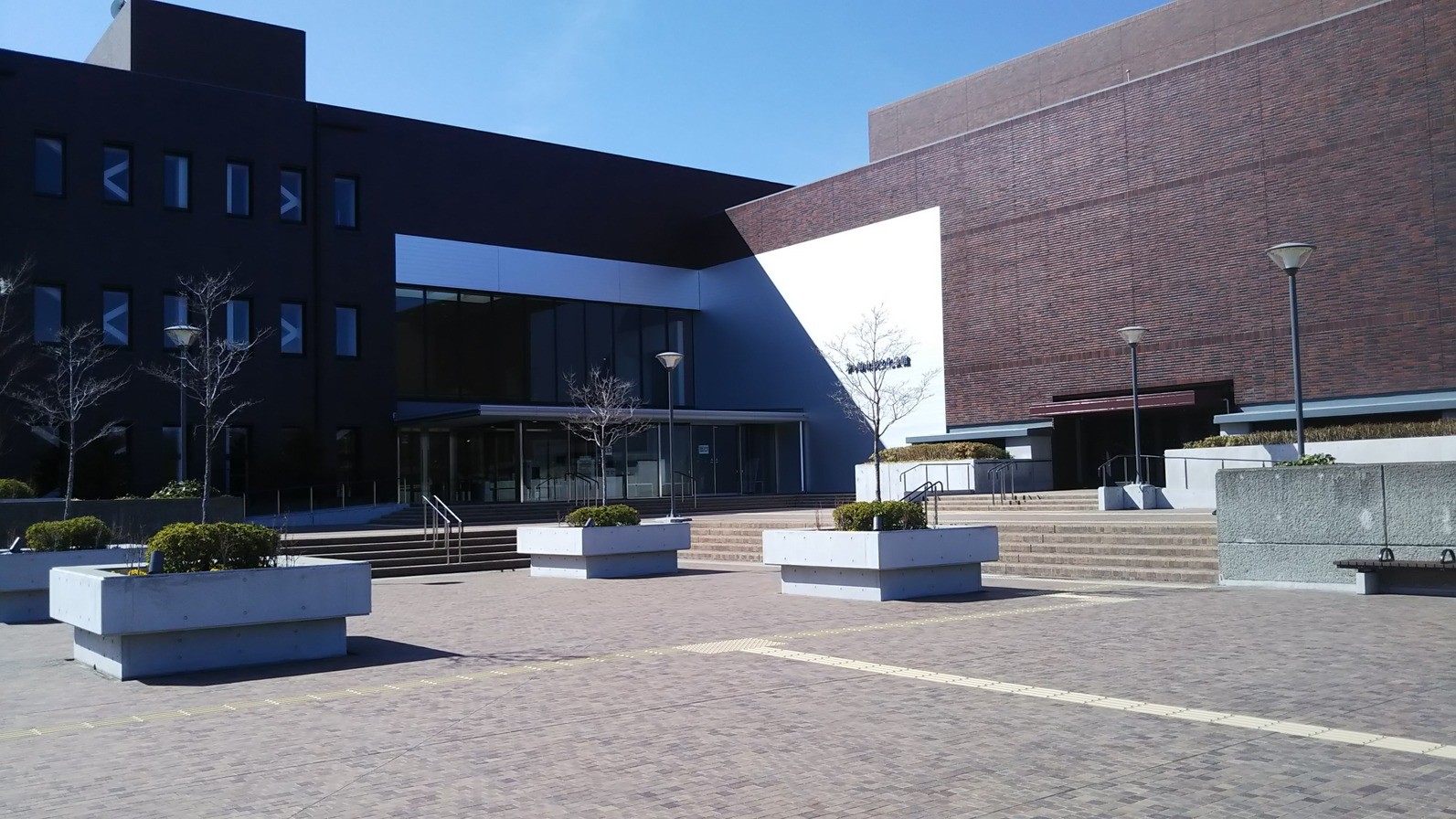
Bonsai exhibition
Chigasaki friendly bonsai club is going to hold its 38th bonsai exhibition at the Civic Hall from June 2 (Fri) to the 4th (Sun). Young plants will be on sale. Time: 13:00 ~ 17:00 (Fri), 9:00 ~ 17:00 (Sat), 9:00 ~ 16:00 (Sun)
Chigasaki wind symphony regular concert 2023
The regular concert of Chigasaki wind symphony will take place at the large hall of the Civic Hall on June 17 (Sat) from 14:00.
Chigasaki City Museum
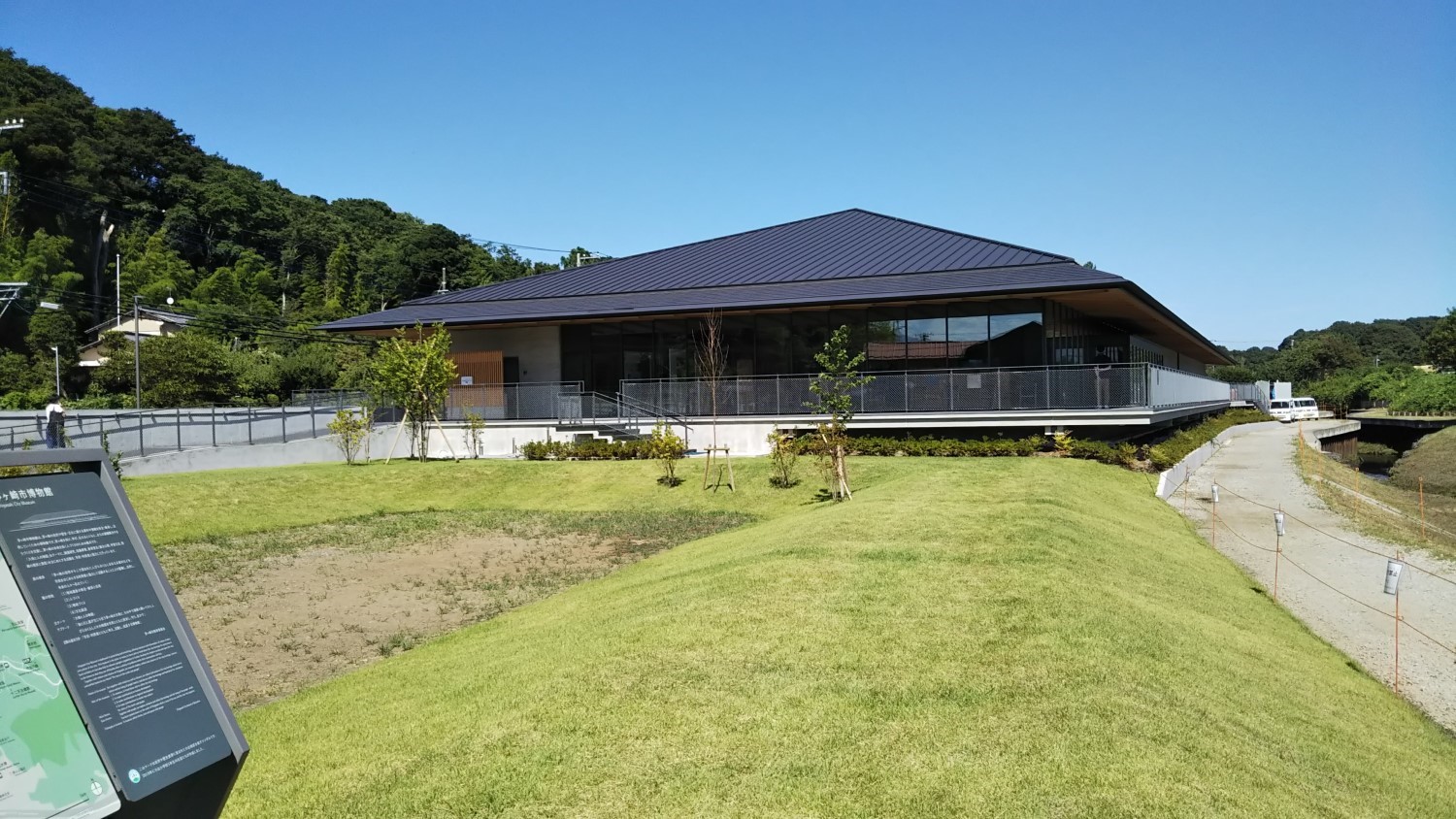
Chigasaki City Museum
An exhibition commemorating the 140th anniversary of Ryoan Toma’s death, “To live in Yanagishima in the late Edo period” is now underway. Furnishings of the Toma family and his personal belongings are exhibited. On June 4 (Sun) and July 2 (Sun), staff members will explain the exhibits for about 30 min from 11:00 and 14:00. The exhibition will be held until July 9 (Sun). Entrance free. Closed on Monday.
